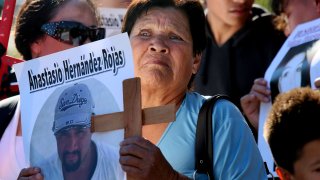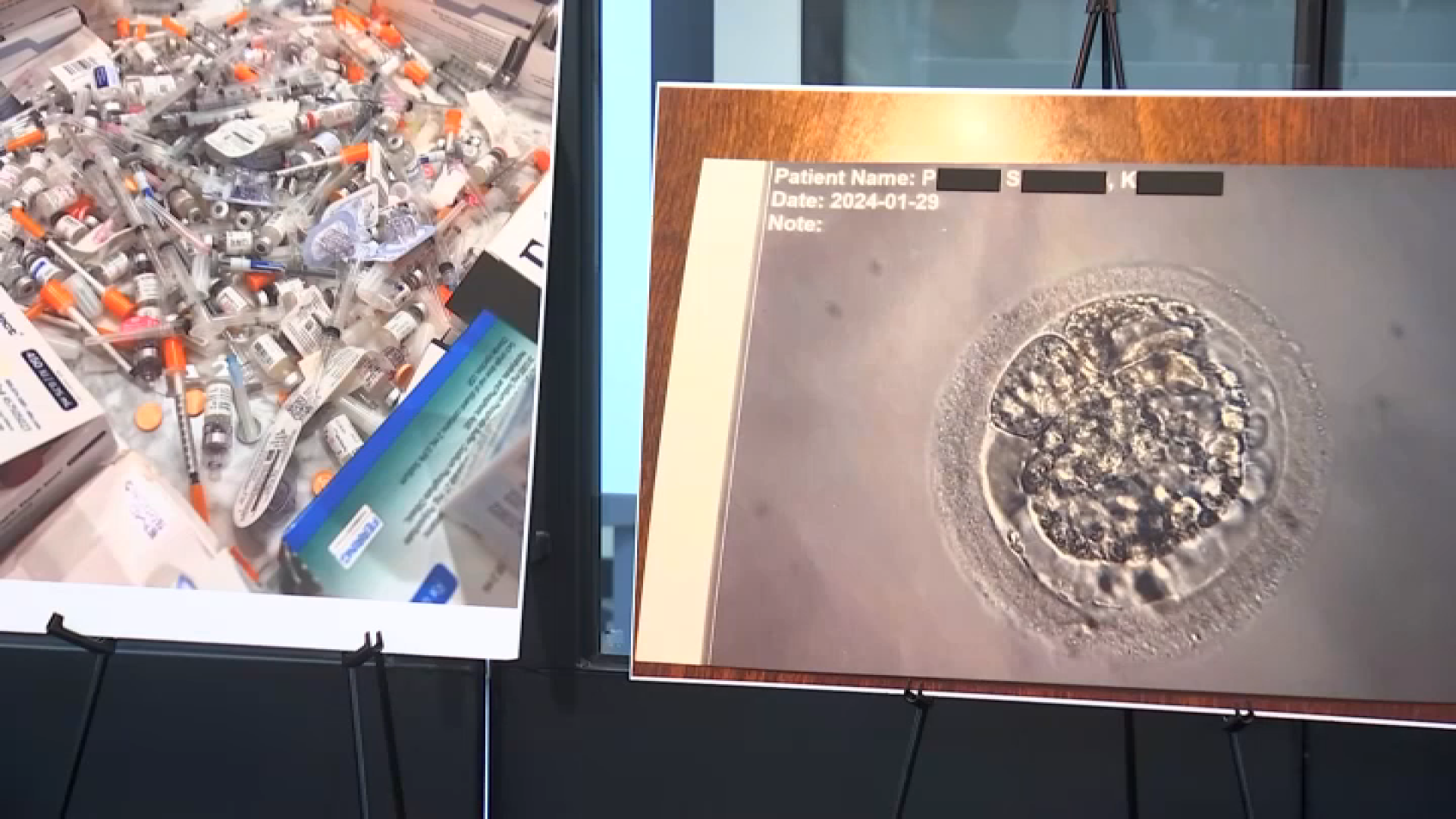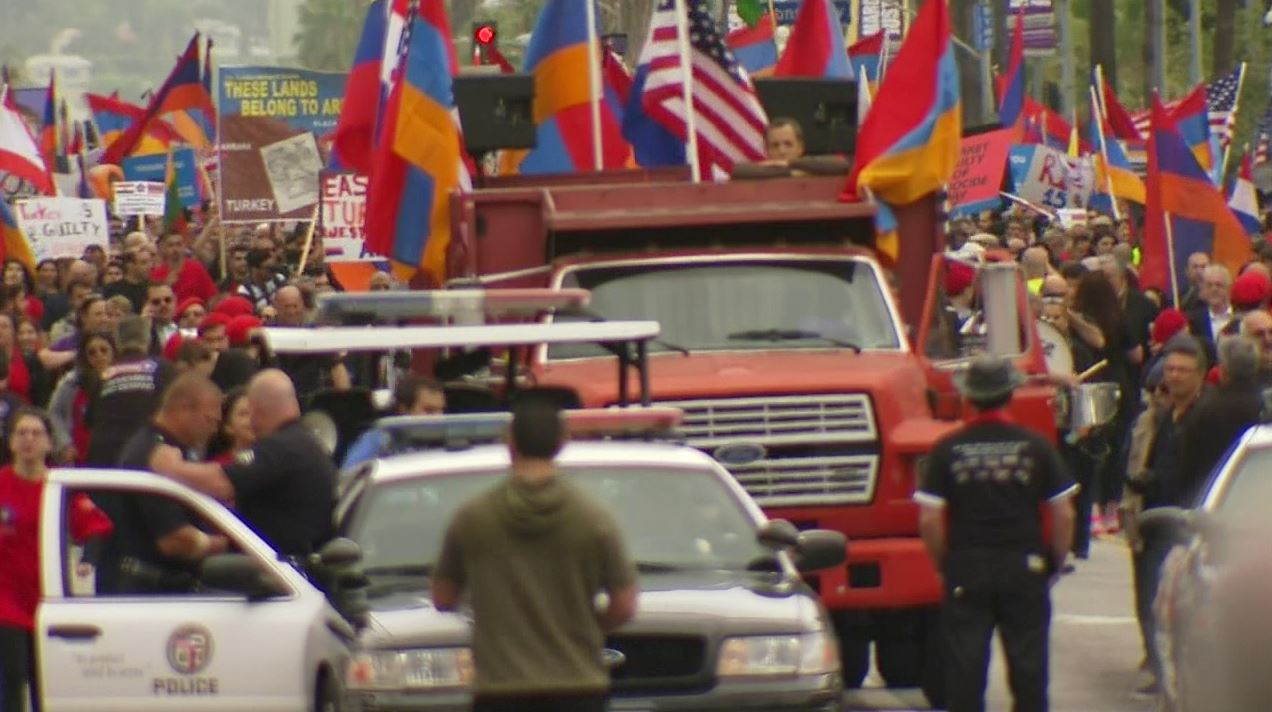
The current head of the U.S. Border Patrol was part of an effort to shield agents following the 2010 death of a man who was repeatedly shocked with a stun gun while in custody after trying to cross the border from Mexico into California, according to a filing in an international human rights case.
The document made public Thursday involves the death of Anastasio Hernandez Rojas, 42. He was beaten with batons and shocked several times as he lay handcuffed on the ground at the San Ysidro Port of Entry in San Diego.
Hernandez suffered five broken ribs, brain damage and other injuries, according to court documents, and died several days later at a hospital.
An autopsy concluded that the shocks, along with physical exertion and methamphetamine use, contributed to his death from a heart attack.
The death attracted intense scrutiny in 2012 after an eyewitness video that aired on PBS appeared to show Hernandez being shocked while lying on the ground, surrounded by about a dozen agents.
According to court documents, eight officers and agents from the Border Patrol and other agencies acknowledged using force while nine others were present.
“More than anything, I want an apology for what border agents did to my husband," Hernandez's widow, Maria Puga, said in a statement issued by the University of California, Berkeley International Human Rights Law Clinic. “They treated him like an animal, not a human and they killed him. They destroyed my family and they continue to destroy other families. They will not stop until they are held accountable."
Emails seeking comment from U.S. Customs and Border Protection weren’t immediately returned late Thursday night.
At the family’s request, the case is under review by the Inter-American Commission on Human Rights, part of the Organization of American States that has examined human rights abuses, including massacres and disappearances, chiefly in Central and South America.
It is the first time that the commission is examining allegations of an extra-judicial killing involving a U.S. law enforcement agency.
It relies on affidavits from three high-ranking former officials from the Department of Homeland Security and U.S. Customs and Border Protection to contend that officials pushed a false narrative that Hernandez was combative, erased some video of the incident and obstructed criminal investigations while conducting its own probe that had “no legitimate or lawful purpose.”
Border Patrol agents collected some evidence at the hospital and inappropriately were present at Hernandez’s autopsy, according to testimony from James Tomsheck, chief of CBP’s internal affairs from 2006 to 2014.
California
Agents used an administrative subpoena signed by Rodney Scott, then acting deputy chief of the San Diego sector of the Border Patrol and, since last year, chief of the agency. The subpoena was used to obtain Hernandez’s medical records from the San Diego County Medical Examiner’s Office and the hospital.
Tomsheck said use of the subpoena was “illegal and potentially obstruction of justice.”
No criminal charges were filed in the case. In 2015, the U.S. Justice Department said it accepted the authorities’ contention that the force they used was reasonable and necessary to restrain Hernandez Rojas when he was “noncompliant and physically assaultive.” The Mexican government strongly condemned the decision.
In 2017, the U.S. government settled a federal lawsuit by agreeing to pay $1 million to Hernandez’s five children.



